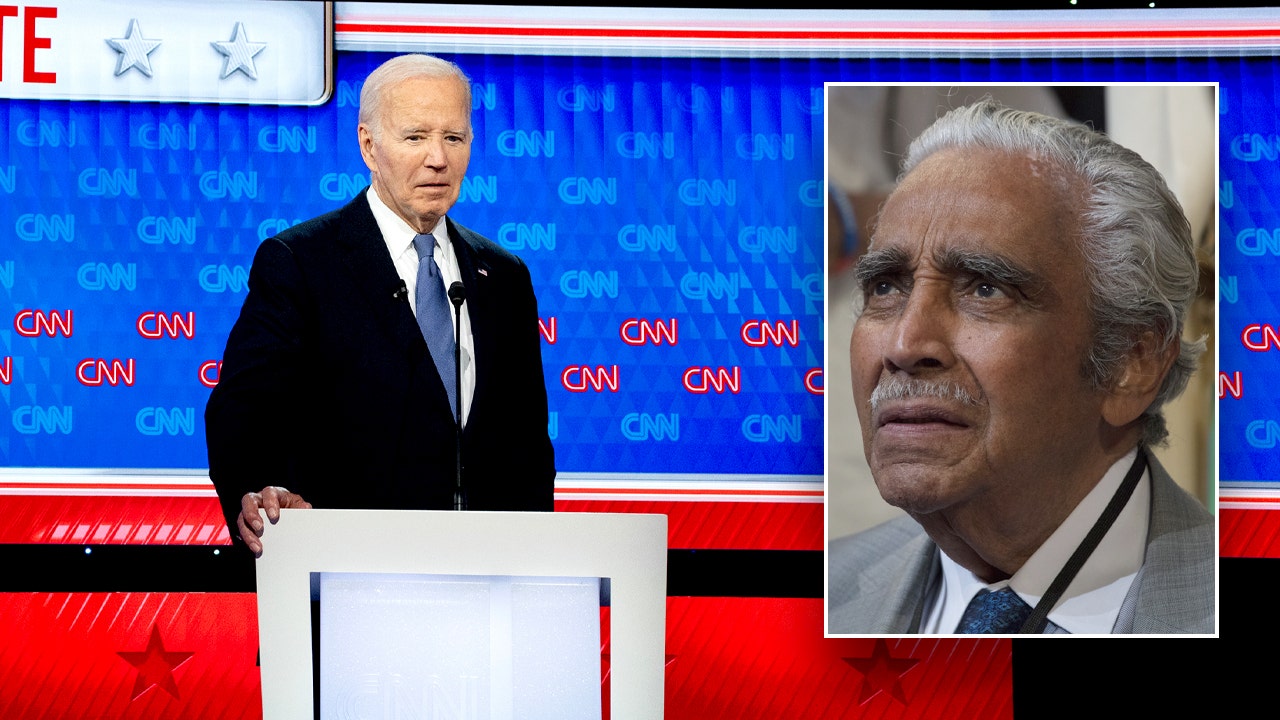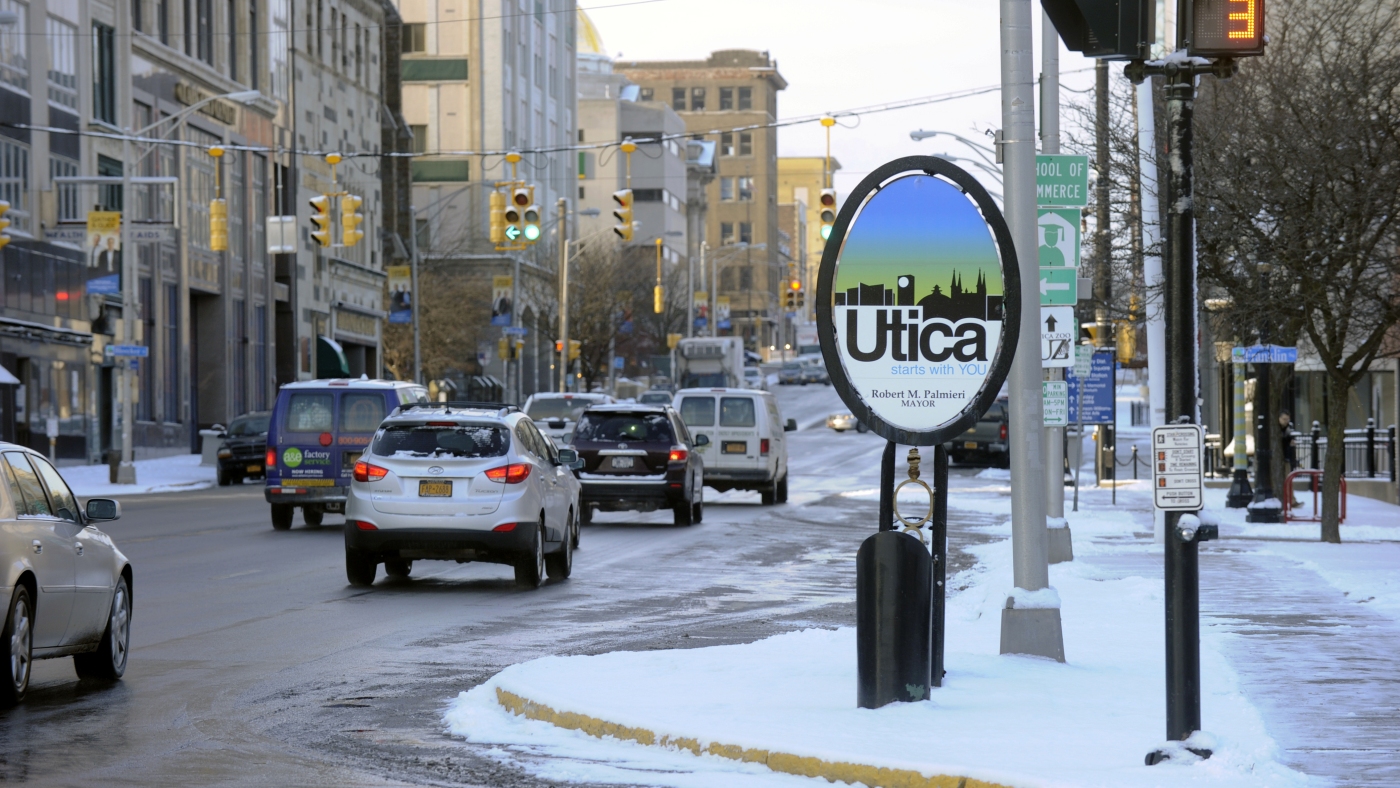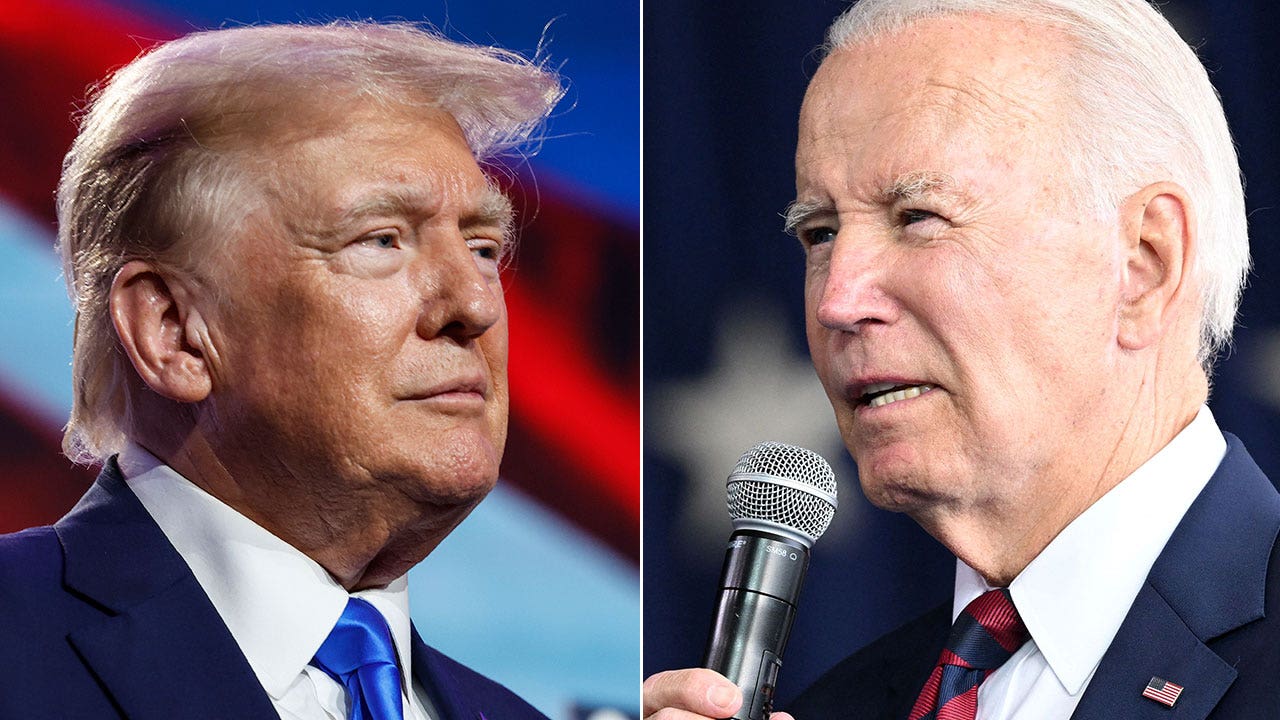All the latest sports news from Hawaii’s sports station
Hawaii
A Hawaii judge ordered the demolition of a house after a California woman bought a vacant plot, only to discover the building on her land
A house mistakenly built on the wrong plot of land in Hawaii is set to be knocked down after a developer got it confused with the neighboring lot. A judge ordered the construction company that made the mistake to foot the bill for the demolition.
Reynolds, who lives in California, previously told Business Insider she had planned to use the land for a home for her children as well as to host women’s retreats, but said in legal filings that she discovered in June 2023 that a house worth roughly $500,000 had been built on the plot.
PJ’s Construction, which was contracted by Keaau Development to build twelve properties in Hawaiian Paradise Park, mistakenly built the property on the wrong plot after using telephone poles to try to identify Lot 115 — but accidentally built it on Lot 114, the other side of the telephone pole, per legal filings.
Patrick John Lawrence, Jr., the owner of PJ’s Construction, said that he was first made aware that the property had been built on the wrong lot when he was informed by the real-estate agent after the house was sold.
Keaau Development then sued Reynolds, claiming she was “unjustly enriched” by the property.
PJ’s Construction has to pay for the demolition of the house on Reynolds’s property, Judge Robert D. S. Kim wrote in an order on Monday, viewed by BI. The company may seek contribution or indemnity from Keaau Development at a subsequent trial or hearing, Kim wrote.
Reynolds had also asked for the court to order Keaau Development and PJ’s Construction to restore the plot of land to its original state. To build the house, PJ’s Construction had bulldozed the lot, which “removed all of the previously standing native vegetation,” Kim wrote. After this, there was a “long period of neglect,” during which invasive Albizia trees were able to “infest” the lot, he wrote.
As well as building the house, PJ’s Construction also installed a septic tank and a catchment water system.
But Kim wrote that it was ‘”impossible” to return the property to its original state.
The companies had “seriously disturbed the peaceable use, enjoyment, and possession of real property,” Kim wrote.
Reynolds had testified that her property taxes for the plot shot up after the house was constructed and that she found signs of squatting such as empty drink containers and human waste in the toilet and on the floor.
Keaau Development and PJ’s Construction excavated the lot and built the house without a survey as part of a plan to “cut corners to reduce construction costs,” Kim wrote in Monday’s filing. And because the construction permits were approved for Lot 115, not Lot 114, the house is illegal, he wrote.
The case is still ongoing, with a trial scheduling conference currently set for the end of July.
“We are thrilled with the court’s decision that PJ’s Construction must bear the costs of demolishing the unauthorized structure on Anne Reynolds’ property,” Reynolds’ lawyer, James D. DiPasquale, told BI.
“This ruling not only preserves Anne’s property rights but also sets a precedent for accountability in the construction industry. While it’s regrettable that the land cannot be restored to its original state, the judgment underscores the importance of meticulous adherence to property and zoning laws.”
Business Insider was not immediately able to contact lawyers for PJ’s Construction, and did not immediately receive a response from Keaau’s attorney.

Hawaii
Can Hawaii afford climate change lawsuit settlement? – Washington Examiner

(The Center Square) – Hawaii recently entered into a settlement in a first-of-its-kind lawsuit that requires the state to implement climate change initiatives by court order, setting forth a potential template for lawsuits in other states.
Thirteen young people, at least one as young as nine, filed the lawsuit against the Hawaii Department of Transportation in June 2022. They said the state DOT needed to do more to protect the state and their future from climate change.
The state spent $3 million settling the lawsuit, money the attorney general’s office said was “well-spent” to avoid a trial that would have started June 24.
The settlement provides a road map of tasks the DOT must do per the court order. These include creating a greenhouse gas reduction plan for the Hawaii Department of Transportation that could cost the state more. Only one price tag is included in the plan—$40 million for public electric charging stations and charging infrastructure for all state and county vehicles by 2030.
The agreement includes a dispute-resolution component that could keep differences out of court. But, the First Circuit of Hawaii will oversee the settlement until 2045 if Hawaii has not met its zero-emission goals.
The Hawaii Department of Transportation must receive “sufficient appropriations” from the Hawaii Legislature, but the settlement does not include a specific amount for the other requirements.
Gov. Josh Green admitted it would not be inexpensive or easy. He said the court order would help him when he had to go to the Legislature and say, “Look, we have to do this.”
“We have these policies in mind but we don’t have the resources that come from the Legislature,” Green said. “We don’t often have the absolute insistence of the courts to do certain things so having a settlement like this creates some guarantees.”
For two years, the governor has pushed for a $25 tourist fee that has not passed the Legislature.
“We have 10 million individuals that come to Hawaii every year,” Green said. “Can you imagine only for a moment if we successfully were humbly asking people to pay $25 when they came to the state? That would be $250 million every single year to pay for the bikeways, extra to bring very advanced analytics to what our carbon impact is from any of the technologies we use, money to get bond to navigate major protections against erosion of the coastline.”
Thomas Yamachika, president of the Tax Foundation of Hawaii, told The Center Square, “There’s going to be some pain,” when finding money to implement the settlement’s initiatives. The Legislature passed tax breaks this year to increase the standard income tax deduction in odd years and lower tax rates for all brackets in even years. It’s possible those tax cuts could be “walked back,” Yamachika said.
Truth in Accounting, which does an annual financial analysis of the 50 states, told The Center Square that Hawaii is already $11 billion in debt.
“The state doesn’t have money sitting around that can be used for settlements like this,” said Sheila A. Weinberg, founder and CEO of Truth in Accounting. “To pay for this settlement, taxes will have to be raised or services and benefits will have to be cut. The other option is to even underfund the pension and retiree health care benefits even more.”
CLICK HERE TO READ MORE FROM THE WASHINGTON EXAMINER
Hawaii is the first to settle a climate change lawsuit, but it may not be the last. The case may set a precedent in other states where young people have filed lawsuits over climate concerns, according to an op-ed written by Cara Horowitz, executive director of the Emmett Institute on Climate Change and the institute’s communications director, Evan George.
“Many defendants facing climate lawsuits — notably including Hawaii officials in the earlier stages of this case — often protest that climate change policy should be made by legislatures, not judges,” Horowitz and George said in the op-ed published in the Los Angeles Times. “This landmark settlement demonstrates that the courts can hold decision-makers accountable if they fail to live up to their promises.”
Hawaii
Candidate Q&A: Office Of Hawaiian Affairs At-Large Trustee — Peter Apo

Editor’s note: For Hawaii’s Nov. 8 General Election, Civil Beat asked candidates to answer some questions about where they stand on various issues and what their priorities will be if elected.
The following came from Peter Apo, candidate for Office of Hawaiian Affairs at-large trustee. The other candidates include Keli’i Akina, Lei Ahu Isa, Leona Kalima, Larry Kawaauhau, Brendon Kalei’aina Lee and Patty Kahanamoku-Teruya.
Go to Civil Beat’s Election Guide for general information, and check out other candidates on the General Election Ballot.
1. What do you see as the most pressing problem facing Native Hawaiians, and what will you do about it?
OHA has an obligation to address the underlying purpose of the constitutional amendment that created OHA to serve as a center of gravity in framing a statewide discussion among Hawaiians and their institutions on how to pursue “Ea,” defined here as self-determination.
For many Hawaiians, self-determination translates to self-governance. Unexplained is why OHA apparently abandoned “Ea” as a major policy objective sometime after 2020. This flies in the face of why OHA was created in the first place. A pivotal part of any self-governance dialogue has to include reconciling the illegal overthrow of the Hawaiian Kingdom in 1893 which led to the annexation of Hawaii to the United States.
In the decades-long struggle to establish itself as a unified native community, OHA’s plight begs extraordinary and visionary leadership. It should be noted that the shaping of a unified Hawaiian future cannot come at the expense of the rest of Hawaii society. Whatever the model, it must, in many respects, unify all Hawaii.
2. Should OHA be subject to oversight by the Hawaii State Ethics Commission?
Yes.
3. Do you support the construction of the TMT atop Mauna Kea? Why or why not? Could the new management structure help to resolve long-standing disputes?
Yes, I support the TMT, which is no longer proposed “atop Mauna Kea.” It was moved to a lower slope absent any sacred sites to avoid the cultural complaint that “any intrusion in the airspace above the summit is a cultural injury.”
There has been no validating body of authority to rule on such a cultural claim since the demise of the Hawaiian “priesthood” after the Battle of Kuamo’o in 1819. A second claim is any digging into the mountain is a cultural injury. How can that be when Hawaiians for centuries maintained a deep rock quarry to mine the best stone for tools and weapons?
Mauna Kea erupted into a network of issues. A complex of 13 telescopes by UH with no end in sight. Hawaiians are merging the TMT issue with the unreconciled overthrow of the Hawaiian Kingdom in 1893.
I support the TMT because studying the universe of stars is a sacred Hawaiian cultural practice supported by the chant history and archaeological research. Hawaiian star gazers sat on mountain tops for centuries observing star patterns. The new management structure has a great opportunity to create a body politic or system of reviewing claims and ruling on their legitimacy.
4. What role should the Department of Hawaiian Home Lands play in reducing homelessness?
The question puzzles me. The DHHL already has thousands on their waiting list, many of whom have died after years of waiting. It would seem insane to add the thousands of homeless to the list.
The Homestead Act, for Hawaiians only, framed by the Congress with the state assuming responsibility, would have to be amended to add a second beneficiary group of the homeless.
5. Why do you think Hawaiians are disproportionately represented in our prisons and jails? What can be done about it?
This is not an easy question to answer. One-hundred thirty years of transgenerational trauma. Since the overthrow of 1893, the Republic of Hawaii, and then annexation, Hawaiians have been deeply imbedded and struggling with the transgenerational trauma of losing their homelands, their culture, their religion, their language, their pride and dignity — and — two-thirds of their population to Western diseases for which they had no immunity. The entire society collapsed.
I would reframe your question to include the homelessness question, education, family income and so forth. I don’t have a lot of data but I think I’m safe in saying a significant percentage of the Hawaiian population dominates many of the negative quality of life statistics such as housing, income, education and so forth.
Perhaps the expanded question needs to be added to the first question about what is OHA’s most pressing problem?
6. What are your views regarding Hawaiian self-determination?
Answered in question No. 1.
7. Is OHA getting its fair share of ceded-land revenues from the state?
Yes and no. It’s up to each state department that manages trust lands to individually determine how to calculate the 20% of leased lands they manage which they must share with OHA.
The Department of Transportation apparently is the most honest model in its calculations. Most other departments do not fully comply with a full measure of the 20% mandate. I’m guessing that OHA is short-changed by about half of what it is entitled.
8. Is OHA fulfilling its mandate to serve the Hawaiian people?
OHA is struggling to fully understand its mandate.
9. Is Hawaii managing its tourism industry properly? What should be handled differently?
Hawaii’s tourism model is predatory and wallet-driven where visitors are kept separated from the visited (locals) by a wall of commerce centered around airlines, hotels, travel desks and offshore marketing.
A vast majority of tourists have their Hawaii vacation fully booked before they even leave their hometown. Growth is largely driven by global corporate brands and almost entirely built on a marketing framework.
County governments, particulary Oahu and Maui, seem to support the proliferation of hotel and visitor shopping center complexes with little thought or dialogue about carrying capacity of an island or any part of an island. The proliferation of the bed and breakfast business model made every residential community in Hawaii susceptible to strangers constantly moving in and out of neighborhoods.
While I sound anti-tourism, I am not. I support tourism as do many fellow Hawaiians. What we don’t support is the predatory business model. This model creates a bimodal distribution of wealth. Rich and poor, no in-between.
The industry was built on Hawaiians and their aloha. OHA needs to give serious thought to engaging the industry through investment and developing a Hawaiian-based tourism model with a cultural framework to guide the business model.
10. How would you make OHA more transparent and accessible to the public and the Hawaiian people?
OHA should consider shifting its governance model away from a trust fund framework to a legislative framework and revisit the Kanaioluwalu attempt to establish a Hawaiians-only registration process (no state money involved) which can function as a voter registration initiative.
A trust fund governance model and operating culture functions more like a parent-child relationship. The trustees are the parents and the children are defined as “beneficiaries.” The trust fund model separates the parents from the children by a well-defined line of demarcation where the children have little to say about how they are being governed even though trustees are directly elected and not appointed.
The idea of revamping the model to replicate a legislative framework would elevate the Hawaiian beneficiaries to the status of being considered “citizens” in a democratic framework. The legislative model affords the “citizens” a more direct say on how they are being governed.
This governance shift would dramatically implant a long-term objective for OHA to transition into a self-governing legislative body, perhaps increasing the number of trustees? This model would still operate under the legal umbrella of statehood, but create an expectation and sense of Hawaiian nationhood.
Sign up for our FREE morning newsletter and face each day more informed.
Hawaii
Hawaii’s Schager enjoying experience at Manning Passing Academy

University of Hawaii quarterback Brayden Schager has enjoyed his time at the Manning Passing Academy thus far, a summit for college football’s elite signal-callers.
Schager is currently in Thibodaux, La., as a counselor at the Manning Passing Academy, one of the nation’s top camps for quarterbacks from grades 8-12.
Schager’s MPA journey has come full circle. Seven years ago, he was a camper there himself.
“There’s just a lot of a lot of stuff to pick their brain on. It’s so fun to talk to Peyton and Eli and Archie and those guys,” Schager said of the Manning family. “They’ve done it at the highest level and done it at elite level. It’s fun to just learn from them and learn from all these other college guys. I’m just trying to be a sponge and soak up everything I can.
“I think we’ve got a good team coming back (at Hawaii). We’ve got a lot of good receivers and I think that we’re just we’re looking to take that next step. We’ve been right there and we’ve been able to put up some good numbers, but we’re ready to take that next step and kind of just get things rolling this year. I think that we we’re confident we can do that.
“I think is going to be a big year. … And I think we’re going to we’re going to do something special this year.”
Schager will also be one of two players to represent Hawaii at the upcoming Mountain West media days, which takes place from July 10-11 in Las Vegas.
-

 News1 week ago
News1 week agoTracking a Single Day at the National Domestic Violence Hotline
-

 World7 days ago
World7 days agoIsrael accepts bilateral meeting with EU, but with conditions
-

 World1 week ago
World1 week agoIs Israel’s Smotrich fulfilling his dream of annexing the West Bank?
-

 News1 week ago
News1 week agoSupreme Court upholds law barring domestic abusers from owning guns in major Second Amendment ruling | CNN Politics
-

 Politics1 week ago
Politics1 week agoSupreme Court upholds federal gun ban for those under domestic violence restraining orders
-

 Politics1 week ago
Politics1 week agoTrump classified docs judge to weigh alleged 'unlawful' appointment of Special Counsel Jack Smith
-

 World1 week ago
World1 week agoNew Caledonia independence activists sent to France for detention
-

 News1 week ago
News1 week agoA Florida family is suing NASA after a piece of space debris crashed through their home

/cdn.vox-cdn.com/uploads/chorus_asset/file/25512791/Screenshot_2024_06_30_at_4.37.29_PM.png)












